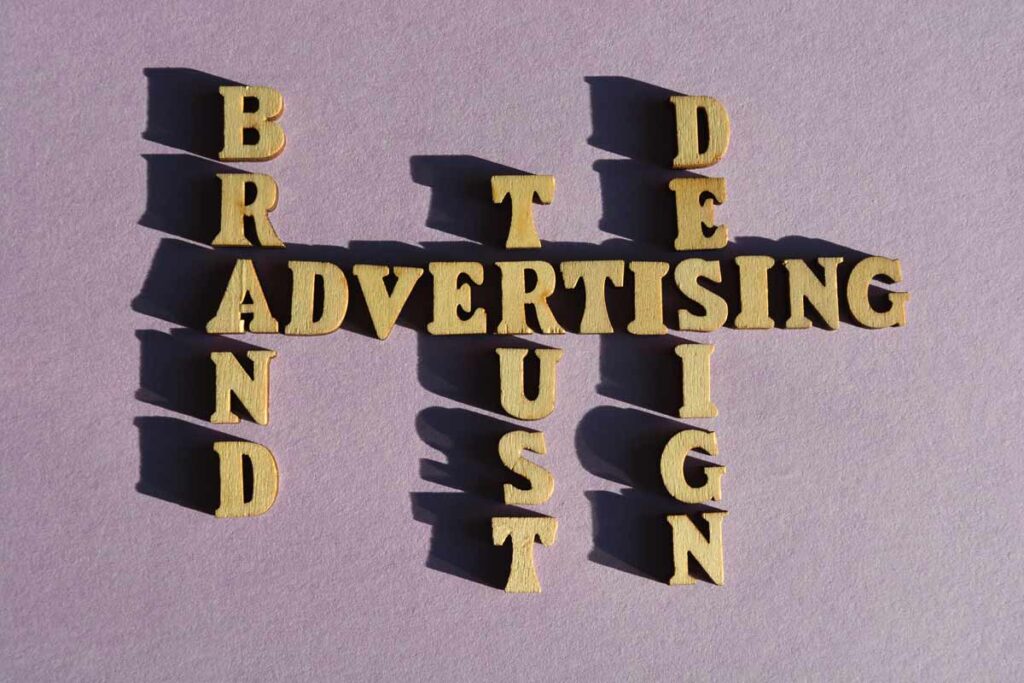Stories offer insight, and names give identity. Much attention is placed on innovation, originality, descriptiveness, intelligence, and domain availability in searching for the “ideal” company name. None of this matters if you can’t get past the introduction or “hello” part of your marketing messaging. A witty name is excellent for your brand identity. But the discussion will only continue if you can naturally transition from that moniker into a more in-depth tale.
A witty name is excellent. But the discussion will only continue if you can naturally transition from that moniker into a more in-depth tale. We have all seen the colour + animal or “star” suffix.com naming trend. The same as in every other field, company names have trends. It’s also preferable to establish involvement beyond the name. Even while it’s ideal to seem modern and contemporary and to fit in with the times. PurpleOtter and Wowzr are intriguing names, but what should you do after you have a customer’s attention? What happens in the dialogue after that?
I don’t mean a ten-minute explanation of how you and your team came up with the name, how the Latin phrase for “summiting the mountain of success” inspired the name, or how the initials were formed from the first letters of the original owners’ last names. Instead, I mean what comes next in the conversation. To your potential customer, none of these is more important than having vacation photos photobomb your Facebook page. The proverbial “what’s in it for me?” is where the true goal resides. (From the viewpoint of the client.) To put it another way, what is it about your name, slogan, logo, pictures, language, and tone that appeals to my situation?
What Then Constitutes a Strong Brand Story?
First off, it does not need to be literal. A brand narrative is not a play-by-play account of your business’s past. A theme or combination of themes that enable you to support and underpin your message consistently is more like a platform that supports your name. These themes may be founded on knowledge, creativity, efficiency, or dedication.
A brand narrative is not a play-by-play account of your business’s past. A theme or combination of themes that enable you to support and underpin your message consistently is more like a platform that supports your name.

How to Develop a Brand Narrative of Your Own
You’re still in luck, even if your name is a legacy. The AARP has changed its positioning from “retired folks” to “real possibilities” and developed the narrative of opportunities instead of deals and discounts. We repositioned an actual Florida plumbing firm called St. Pete Plumbing with the slogan “We perform miracles!” and a nice, courteous angel named St. Pete. The focus changed from location to competence.
Blueprints, a zoning and permitting software provider, had trouble getting their message through since they were frequently confused with “blueprints.” They had also unveiled a more advanced, pricey version of their platform. To better communicate the name and upmarket positioning of their product offering, we changed the name to BluePrince: Monarch Edition.
It could be time to think about rebranding with a name that lends itself to a tale, your story, if your company name is hopelessly out of date, deceptive, or meaningless (for example, an acronym-based name). A captivating brand narrative’s depth, texture, and dynamics may help your corporate identity move from passive recall to active involvement. If people can recall your firm by name, it must have a compelling backstory.
Are You Looking for The Best Business Identity Services in Toronto?
Get in touch with our TASProMarketing team in Richmond Hill, Ontario, right away to discuss developing a brand identity plan to help you and your company dominate the competition.






